My first interactions with something called, The Writing Process, involved a chart in the shape of a circle. We know this chart. It has words like planning, prewriting, drafting, revising, editing, and publishing drawn circularly, implying that one naturally leads to the next, and then it begins all over again. All of these labels, words associated with a writing process, can belong to any writer within any genre.  A writer’s process (notice that apostrophe?) is more complicated than a simple path of steps to rinse and repeat. Does each of these elements live within a writer’s process? Sometimes they do. Sometimes they don’t. The time spent within different parts is often determined by the comfort the writer feels within the subject. As writers voraciously draft, little else is happening. As writers draft, stop, reread, and rework there is planning and revising of thought all within a cycle that cannot be limited by time or steps.
A writer’s process (notice that apostrophe?) is more complicated than a simple path of steps to rinse and repeat. Does each of these elements live within a writer’s process? Sometimes they do. Sometimes they don’t. The time spent within different parts is often determined by the comfort the writer feels within the subject. As writers voraciously draft, little else is happening. As writers draft, stop, reread, and rework there is planning and revising of thought all within a cycle that cannot be limited by time or steps.
Many would argue that someone going through the process of writing something always ends with a publication. Has anyone ever read a second or third edition of a text? I have. Those typically occur after publication and include revisions and edits to the original published piece, which reveals that the edges of a writer’s process are blurry. A writer working within these processes is learning to navigate toward clarity. Thinking evolves, and therefore a writer does too.
A writer’s process belongs to the writer. It cannot be devised or determined. It can be influenced. It cannot be prescribed or scripted. It can be observed. It cannot be taken or credited. It can be nurtured.
As teachers of young writers who are learning their process, we can provide experiences involved in uncovering their process. When we look at writers as creators, sculptors of meaning, painters of ideas, and blenders of knowledge, we realize every piece is created as unique as its creator.
So the question becomes, how do we influence, observe, and nurture?
INFLUENCE
To influence our writers to experiment with elements of writing they may feel less comfortable with, we can model and demonstrate what they look like. For students reluctant to revise, experimenting together within minilessons and active engagement of a writing workshop allows students to be influenced by the power of the elements the writing process offers. The image below shows a revision plan my students helped me create for a realistic fiction story I was writing. Making a plan for revision helped me to break apart different ways I could revise and then choose one to try.
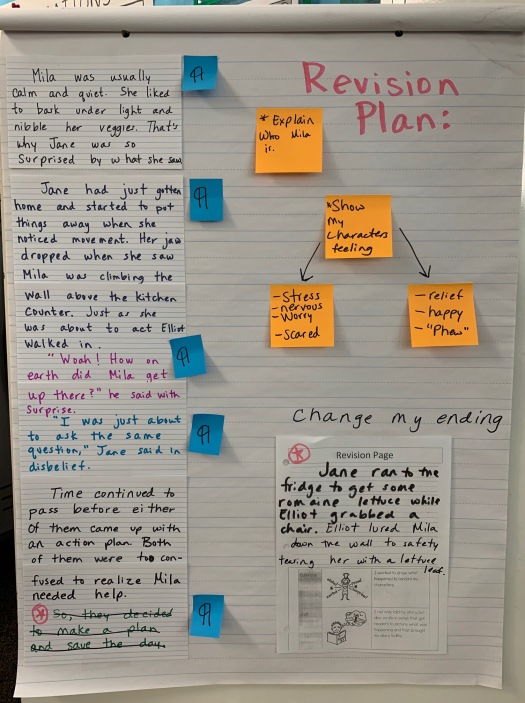 Using process shares at the end of your writing workshop allows writers to influence each other. Initially, we can help writers name and share elements of their process with peers. As writers learn to identify their process within different genres, a writer’s process can be shared within partnership work with more independence.
Using process shares at the end of your writing workshop allows writers to influence each other. Initially, we can help writers name and share elements of their process with peers. As writers learn to identify their process within different genres, a writer’s process can be shared within partnership work with more independence.
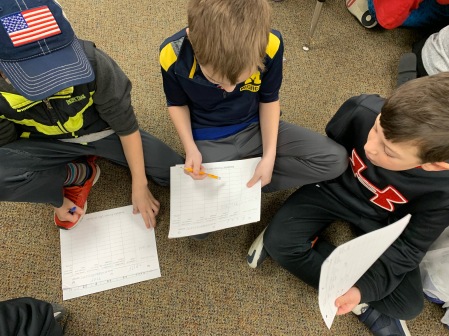
OBSERVE
As we watch and observe our student writers engage in their process, what we gather will help us guide writers toward the less natural parts of a writer’s process.
Asking students, “What are you working on as a writer today?” Then listening intently for keywords that match writing process elements will help us share our observations.
“I heard you say you are writing a lot of words today about the problem in your story. It sounds like you are drafting some middle parts of your fiction piece. What do you plan to do after you get all those ideas drafted?”
Below are three short videos of third-grade students sharing parts of their writing process within a realistic fiction unit.
Writers don’t always know how to accurately name the elements they use, so when we can point out words like drafting, revising, planning, it helps students become more aware and later more intent on using a process.
NURTURE
For me, nurture marries well with independence. If I am nurturing a student writer, I am honoring where they are and creating an environment for them to grow on their own.
As students begin to approximate, we can show them our noticings, “Wow, did you see what you did there?” Pointing our their milestones to create a sense of accomplishment that could otherwise go unnoticed. I find when I’m able to name and nurture my writers’ processes, they become more driven and intentional, repeating these writing behaviors independently.
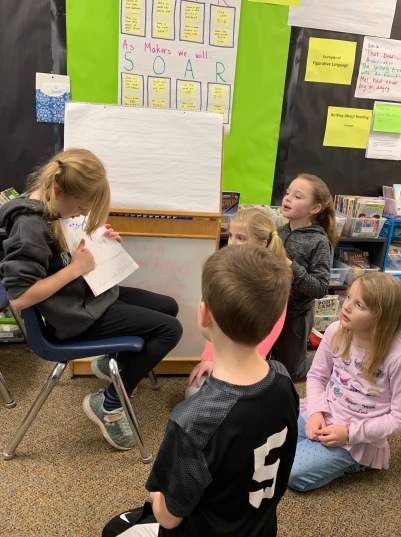
What could be more rewarding than accomplishing something while doing it your own way? Allowing our writers to discover and value their own personal writing process encourages them to tackle it over and over again with more and more vulnerability, independence, and confidence.
Share your questions, practices, and comments below, and you will be entered in a giveaway for two resources that can further help you influence, observe, and nurture your writers in any genre you teach. Also, reach out through twitter, (@Betsy_writes) to continue the conversation and support each other as we support our writers.
Giveaway Information:
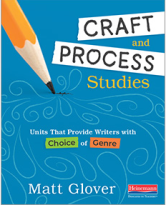

- This giveaway is for a copy of each of the following books: Craft and Process Studies: Units that Provide Writers with Choice of Genre by Matt Glover and Focus Lessons: How Photography Enhances the Teaching of Writing by Ralph Fletcher. Thanks to Heinemann for donating a copy for one reader. (You must have a U.S. mailing address to win a print copy of this book.)
- For a chance to win this copy of Craft and Process Studies and Focus Lessons, please leave a comment about this or any blog post in this blog series by Sunday, February 9th, at 6:00 p.m. EST. Betsy Hubbard will use a random number generator to pick the winner’s commenter number and announce the name in the ICYMI blog post for this series on Monday, February 10th.
- Please leave a valid email address when you post your comment so Betsy can contact you to obtain your mailing address if you win. From there, our contact at Heinemann will ship the book to you. (NOTE: Your email address will not be published online if you leave it in the email field only.)
- If you are the winner of the book, Betsy will email you with the subject line of TWO WRITING TEACHERS – EXPAND THE POSSIBILITIES. Please respond to her email with your mailing address within five days of receipt. A new winner will be chosen if a response isn’t received within five days of the giveaway announcement.

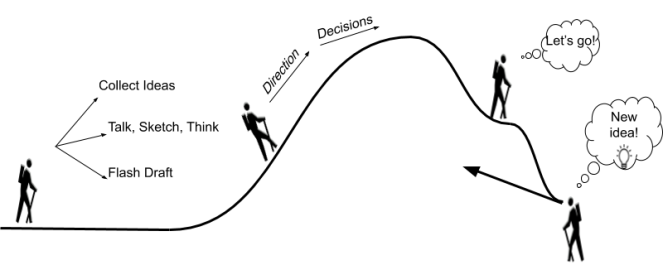

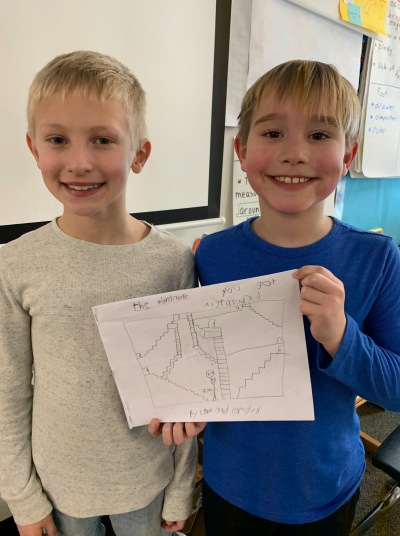
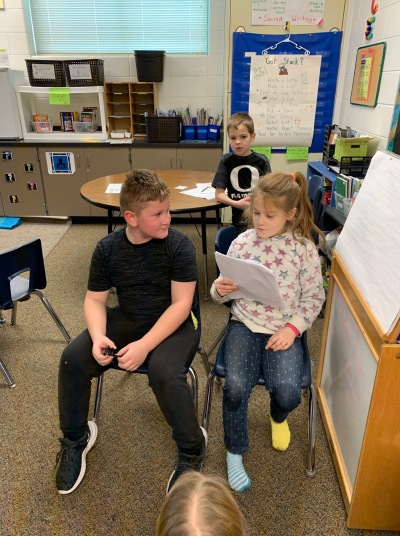

So great to have the idea that there is no one process fits all for writing validated! My students have a difficult time naming what they do. Most say they are adding details, something they’ve heard and know is important for writers. I do like to end a conference with a plan of students next steps which I didn’t notice on videos
LikeLiked by 2 people
I appreciate the step by step information which includes the visuals and videos. What an amazing resource for teachers of writing!
LikeLiked by 2 people
As always, the blog posts shared on this website are insightful and teacher friendly. I appreciate the inclusion of the anchor charts and video clips to support the various levels of teaching expertise. Every student can be successful at writing if given the proper support and guidance.
LikeLiked by 2 people
YES. I remember being taught about “the” writing process (as if there was only just one) when I was in school. When I became a teacher, I read several of Katie Wood Ray’s books and she was the first person that I ever heard say that one of her goals for her students was that they discover “a” writing process that works for them. I wish I could remember which book that was in – maybe Wondrous Words? Or perhaps Study Driven? Either way, the idea that there are multiple writing processes and multiple pathways that writers take is authentic and true to the work that actual writers do. It’s not always linear or cyclical, as many graphics of “the” writing process show.
LikeLiked by 2 people
So much to think about as students engage in the writing process. It is amazing for me to watch how the process changes and develops over time and throughout the years in school.
LikeLiked by 1 person
Thank you for sharing. I look forward to reading you blog post daily.
LikeLiked by 1 person
Betsy, An important and beautifully written post! Just as we must teach writERS, not writING, we need to make the process the writer’s process, not something that “exists” for us to march through in formation.
I especially love the diagram toward the beginning where you show how so much of the writer’s process is embodied within drafting. This is so much the case for me. Drafting is a continuous process of thinking, writing, rereading, rethinking–revising ideas and endeavoring to make clear connections to things I’m pretty sure my readers will understand. It is so recursive. Being “done” with a draft is simply a decision that we often make because we have run out of time, not ideas.
I believe that we, as teachers must write and reflect on and own our own writing processes; otherwise it is hard to understand a writer’s process. Without understanding it, how do we teach our students to embrace and personalize it?
Thanks for this wonderful post!! You always help me see what you are talking about so clearly.
LikeLiked by 1 person
Yes to all of this! I absolutely agree that when we understand how intricate the process can be for ourselves, it absolutely impacts how we see the process for our writers. Great points!
LikeLiked by 1 person
It is very powerful and meaningful to give the “power” to the students with their writing and allowing them to create their own process. While teaching fifth grade last year the excitement I saw with students and writing after giving them the freedom to choose what to write was astounding. Thank you for your blogs!
LikeLiked by 1 person
What a cool way to learn how to write and create.
LikeLiked by 1 person
I really admire how you are able to honor each writer’s process.
LikeLiked by 1 person
Thank you for sharing. I liked seeing how the children were able to vary their own processes within their writing. This will allow for more thought fluidity for some of our writers who become stuck in the procedural steps.
LikeLiked by 1 person
Thank you for presenting the writing process in this way. Makes it more achievable by naming the steps & plan to get there by students. Helps them own it.
LikeLiked by 1 person
Thanks so much for the informative post! I enjoyed listening to the student writers! Too often we teach that writing is a linear process and I appreciate the fact that you have acknowledged just how unique every writer’s process truly is!
LikeLiked by 1 person
Exactly! It is unique because writers are unique. Thanks so much for your comment.
LikeLike
So many great things to think about in your post, Betsy. I really like the log that the students use to keep track of their writing processes throughout each day in the unit. Using checkmarks means keeping track does not intrude overly on writing time and it becomes such a useful tool for students to see and take charge of their learning. Thanks so much!
LikeLiked by 1 person
Mlweed@gbaps.org
LikeLike
Betsy, I love the multiple ways your post demonstrates that writing can go. I’ve seen a process circle chart with revision in the middle and every step has an arrow back and forth to revision. That probably more closely reflects my process. I don’t think we can “over model” this with students to move beyond the “one and done approach” that many believe is how writing is done. Thanks for so many points to consider with students and teachers!
LikeLiked by 1 person
It is true, we could never “over model” this because as students develop a process of their own it continues to change and evolve–across genres, across time, across their writerly lives!
LikeLike
Thank you for this! Too often I find the lockstep process with every child in the same step at the same time that we are asked to teach causes frustration for students. Allowing them to discover what works for them addresses the writer’s needs rather than the needs of the project.
LikeLiked by 2 people
yes and yes!
LikeLiked by 1 person